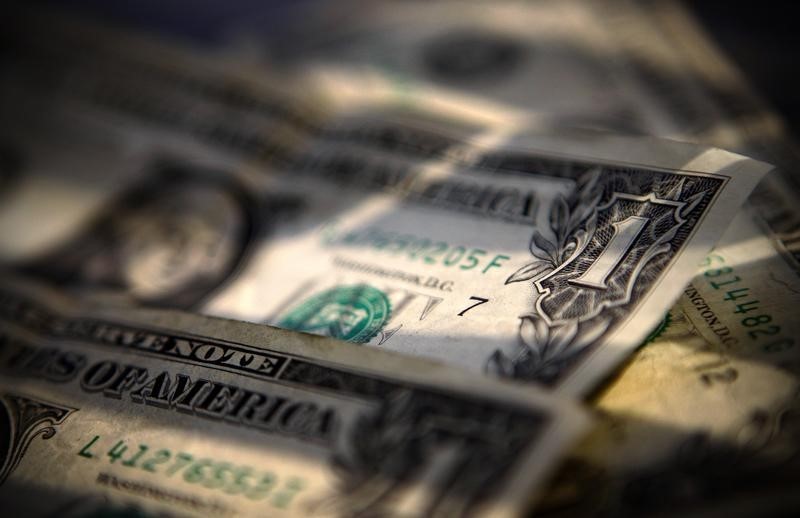 © Reuters.
© Reuters.
By Gina Lee
Investing.com – The dollar was down on Friday morning in Asia, and the Japanese yen was set for its worst week in two years. Rising import costs and low interest rates contributed to the yen’s downward trend, but commodity currencies were set for a second consecutive weekly gain on the dollar as export prices continue to soar.
The U.S. Dollar Index that tracks the greenback against a basket of other currencies was down 0.26% to 98.540 by 11:43 PM ET (3:43 AM GMT).
The USD/JPY pair fell 0.61% to 121.58. Japanese data released earlier in the day showed that the Tokyo consumer price index (CPI) for March 2022 grew 1.3%, and the Tokyo core CPI grew 0.8%, year-on-year. The CPI Tokyo excluding food and energy also grew 0.2% month-on-month.
The AUD/USD pair inched up 0.08% to 0.7518 and the NZD/USD pair inched up 0.06% to 0.6969.
The USD/CNY pair inched down 0.1% to 6.3616 while the GBP/USD pair edged up 0.19% to 1.3208.
Concerns that rising energy and food costs stemming from Russia’s invasion of Ukraine on Feb. 24 could hurt the European economy continue. The euro has been slightly softer throughout the week and was pinned at $1.1005.
Australia, an exporter of both energy and food, was one beneficiary of rising costs and the Aussie recorded a second consecutive weekly rise of more than 1%.
However, the yen has dropped 2.6% against the dollar for the week, falling past the 120 mark and eyeing a test of major resistance around 123.70. It has lost nearly 6% through March 2022 to date and dropped some 8% against the Australian dollar in eight sessions.
The latest fall was triggered by hawkish remarks from U.S. Federal Reserve Chairman Jerome Powell earlier in the week that also drove a surge in U.S. yields. The Bank of Japan (BOJ) has, for its part, stuck to a more dovish tone than the Fed, but some investors warned that, at a six-year low, the yen is falling towards some uncomfortable depths.
"One thing to watch for in dollar/yen is pushback from policymakers in Japan," Spectra Markets trader and president Brent Donnelly told Reuters.
I'm not sure we're quite there yet, but the 123.50/125.00 level is almost certain to attract some attention and generate headlines from either Japanese Prime Minister Fumio Kishida or Minister of Finance Shunichi Suzuki. Pushback could also come from BOJ Governor Haruhiko Kuroda,” he said.
Recent movements in the bond market are also putting central banks between a rock and a hard place. Defending a challenge to yield curve control could further weaken the yen. The yield on 10-year Japanese government bonds hit 0.235% on Friday, near its 0.25% upper limit.
The Russian rouble traded firmly in Thursday’s European session after President Vladimir Putin vowed to start selling gas to "unfriendly" countries in the currency. However, it lost some of these gains in thin offshore trade and last traded at 102 per dollar.

